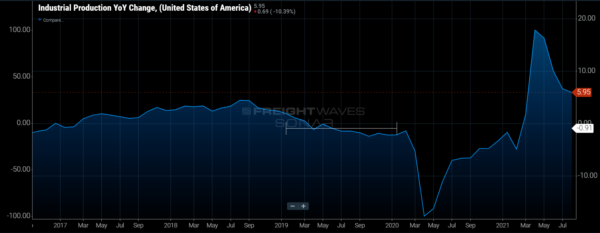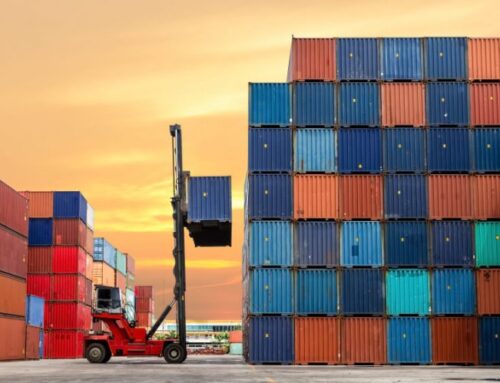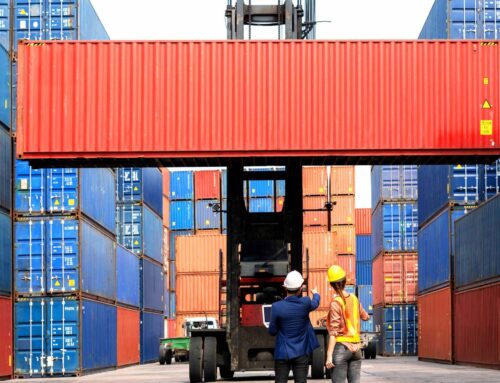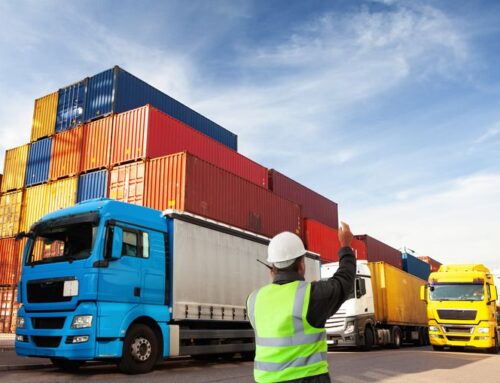Transportation costs have skyrocketed across all modes over the past year and a half, leaving many who operate largely outside of the space baffled as to why the situation has not improved. To understand why supply chains are so wrecked, you need to understand what broke them.
Looking across the four main modes of transportation’s spot rates for ship, air, truck and train, their charts look like an echocardiogram of four people that got hit with a defibrillator after being in a coma.
Obviously, the pandemic is at the root of the cause, but COVID-19 was really just an accelerant that was placed on a smoldering ember. In other words, supply chains were headed in this direction, to some extent, regardless of the pandemic.
Bracing for recession
Bracing for recession, looking back into 2019, spot rates were basically flatlining as the freight market was experiencing a cycle of oversupply and stagnant demand. A robust 2017-18 thanks to an overstimulated economy spurred rapid investment and growth only to be followed by a hangover event, which led to the beginning of economic contraction. Many feared a recession was imminent.
A sluggish industrial sector in which industrial production growth was negative for nearly a year indicated stagnant business and infrastructure investment, a sign that the economy was entering a phase of risk aversion and consolidation.
Once the initial wave of the pandemic hit the U.S. in March, many companies prepared for the worst by canceling orders and furloughing employees, entering survival mode as they expected economic devastation.
The onslaught of unexpected demand in late spring caught most shippers and transportation providers off guard as they were expecting the next depression. They quickly found their once overstocked inventories depleted and needed to order more goods — all at once.

Supply side/infrastructure growth is slow
The supply side infrastructure is much slower to grow in response, limited by physical production and ironically supply chain constraints itself. An example of this would be Class 8 truck orders not being able to be completed due to limited availability of semiconductors and the subsequent transportation thereof. This expands upon the six to nine months to complete in general.
Expanding ports is a multiyear process and the focus on technological improvement around them is years behind due to the fact that it has never really been an issue until now. So the big question is how long will this cycle last?
The reality is that demand side
easing will more than likely be the reason supply chains begin to unkink. Long-term improvements take years to implement and require decent investment. Look no further than road construction to see this in action. Any expansion project takes years from approval to completion.
To put it another way, look to the place where it all started in consumer behavior for the first sign of relief. Shippers will follow suit with industry not far behind.







Leave A Comment